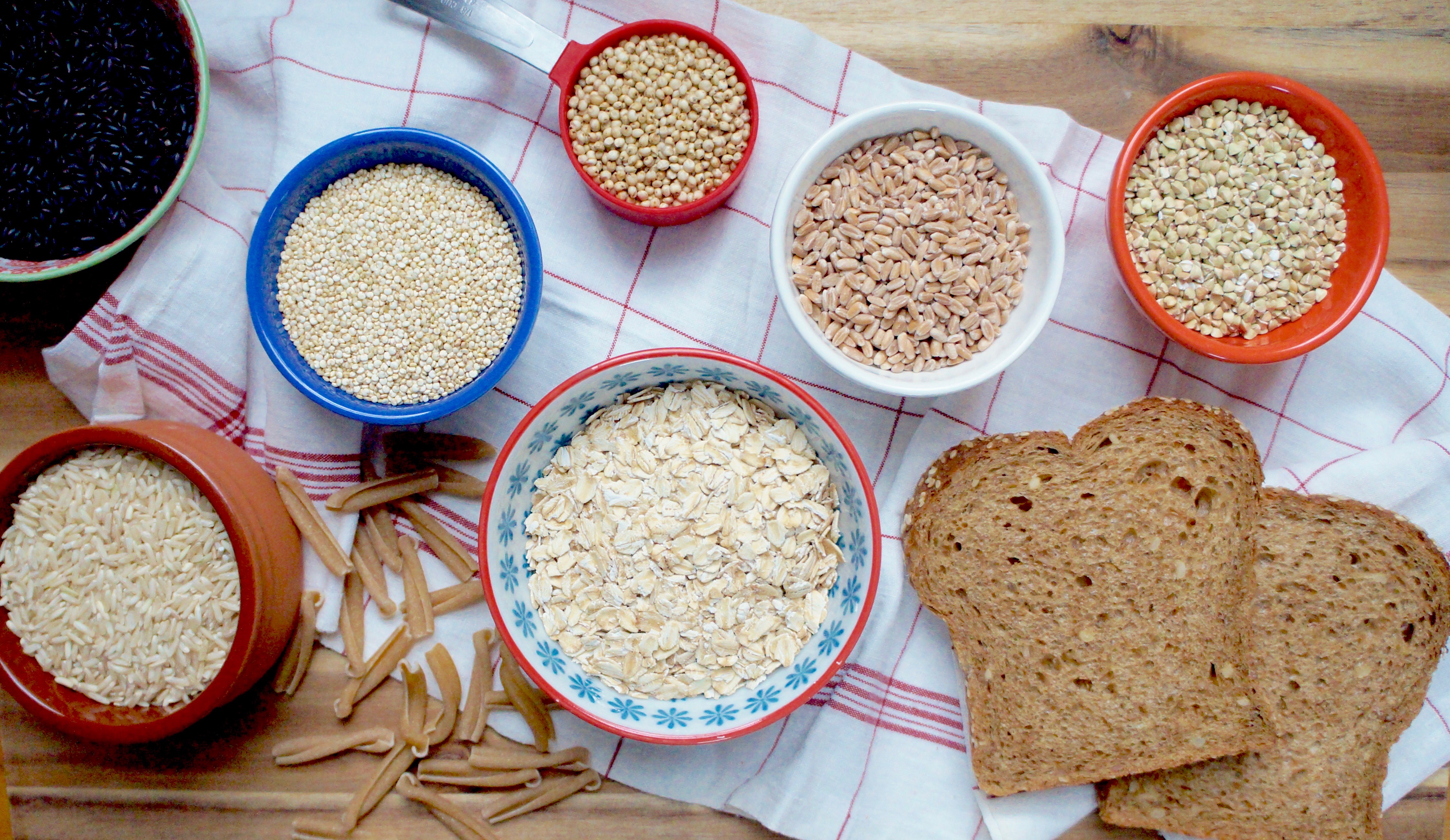Share This
The Special Supplemental Nutrition Program for Women, Infants, and Children (commonly known as WIC) is a federal nutrition program that provides healthy foods, nutrition education, and breastfeeding support for low-income pregnant and postpartum women and infants and children ages 5 and under who are at nutritional risk. WIC food packages vary by age group and eligible food products vary from one state to the next, but all food packages emphasize healthy foods groups (like whole grains, fruits, and vegetables) that help fill nutritional gaps in women and young children.
In November 2022, the USDA Food and Nutrition Service (FNS) released proposed changes to WIC food packages for the first time since 2014 to help the program better align with current nutrition science and dietary guidance. Some of the most exciting proposals in the guidance are the shift to require all cereals be whole grain-rich, and the expansion of whole grain options to include foods like quinoa, blue cornmeal, millet, triticale, sorghum, amaranth, wheat berries, buckwheat, and teff, as well as whole wheat versions of pita, English muffins, bagels, and naan bread. These exciting and long-awaited changes are better suited to accommodate cultural preferences and meet the nutritional needs of WIC participants.
Expanding whole grain options within the WIC program stands to benefit people far beyond those currently enrolled in WIC. A study in the Journal of Nutrition Education and Behavior found that stores participating in WIC became much more likely to stock whole grain options like brown rice and whole wheat bread after the WIC program was updated to include these foods, but non-WIC participating stores were far less likely to offer these items. These changes in availability can make healthier choices more accessible not just to people in the WIC program, but to everyone in that neighborhood.
Additionally, the proposed whole grain-rich standard for cereals makes room for more whole grain versions of popular corn- and rice-based cereals to be developed and introduced. The current standards – based on whole grain health claims, which include high fiber requirements (referencing whole wheat’s fiber content, rather than that of whole corn or brown rice) – do not provide any incentive to create a wider variety of whole grain corn and rice cereals. The food industry’s reaction to the introduction of whole grain-rich requirements in school meal programs was to invest in significant innovation and reformulation with very promising results, and we expect to see culinary innovation continue as whole grain standards are reinforced across multiple federal programs.
Decades of nutrition science demonstrate that higher whole grain intake is associated with a multitude of health benefits. Those who consume higher amounts of whole grain experience reduced risk of heart disease, stroke, type 2 diabetes, and death from all causes. Increased whole grain intake is also associated with less cognitive decline, lower cholesterol, lower levels of inflammation, and the maintenance of healthier body weight. Conversely, low whole grain intake was identified in the recent Global Burden of Disease study published in The Lancet as the second greatest dietary risk factor for mortality after high sodium intake.
Foods redeemable under WIC have the power to shape preferences and build healthy habits for the long-term. Studies show that it can take several repeated exposures to a food before children begin to accept it, and it may take even more exposures for adults. Exposure to whole grain foods accessed through WIC and other nutrition assistance programs can all help to adjust palettes and foster acceptance (and even preference) for whole grain foods over time. We can’t help build healthy habits for the long-term if we’re not giving people a chance to try these healthy foods in the first place.
The USDA Food and Nutrition Service (FNS) is accepting comments through February 21, 2023. We hope that you’ll join us in voicing your support for expanded access to whole grains for low-income mothers and young children. To learn more about how policy changes to WIC and other programs can fill nutritional gaps and promote whole grain intake, view our April 2022 webinar on this topic. (Kelly)
To have our Oldways Whole Grains Council blog posts (and more whole grain bonus content!) delivered to your inbox, sign up for our monthly email newsletter, called Just Ask for Whole Grains.


Add a Comment